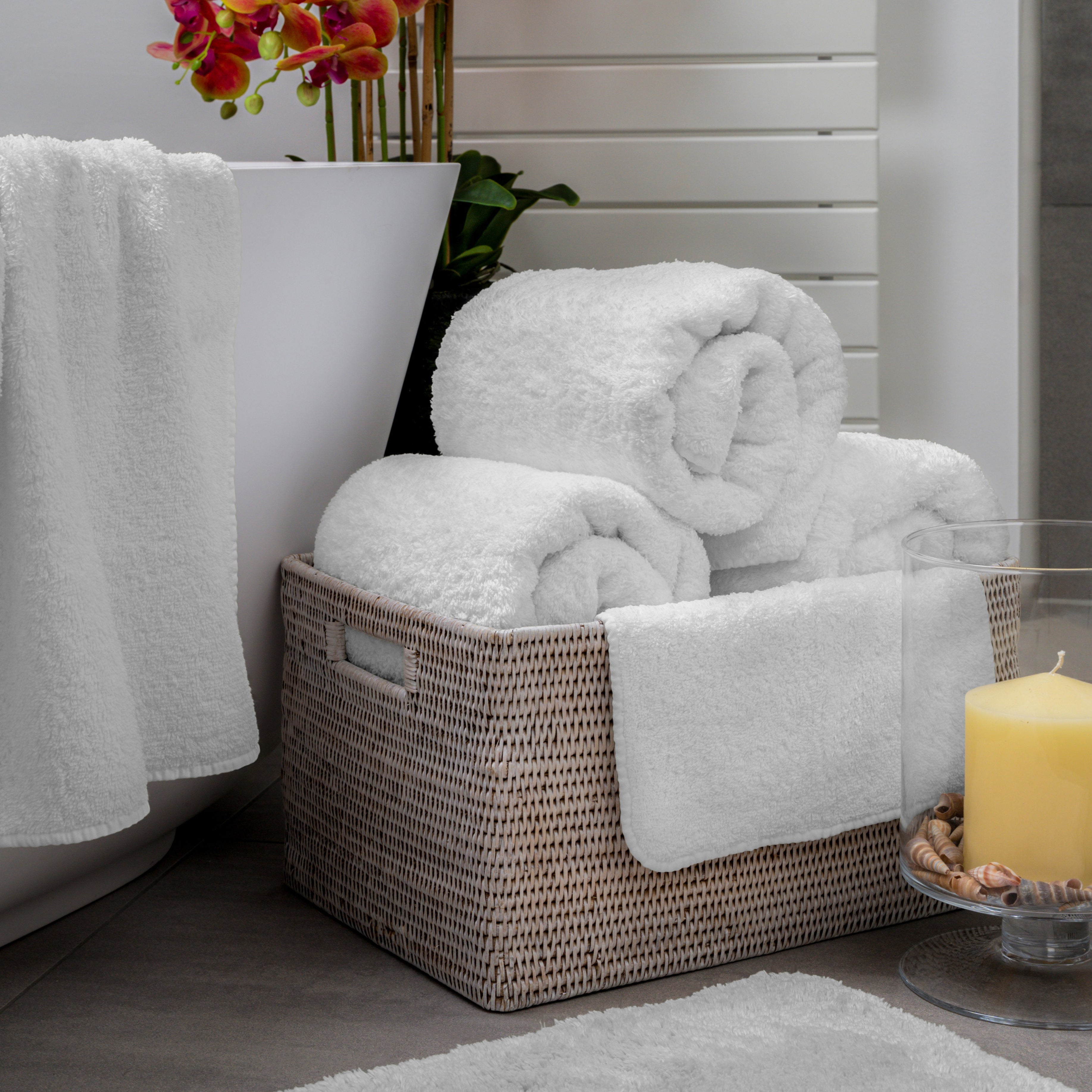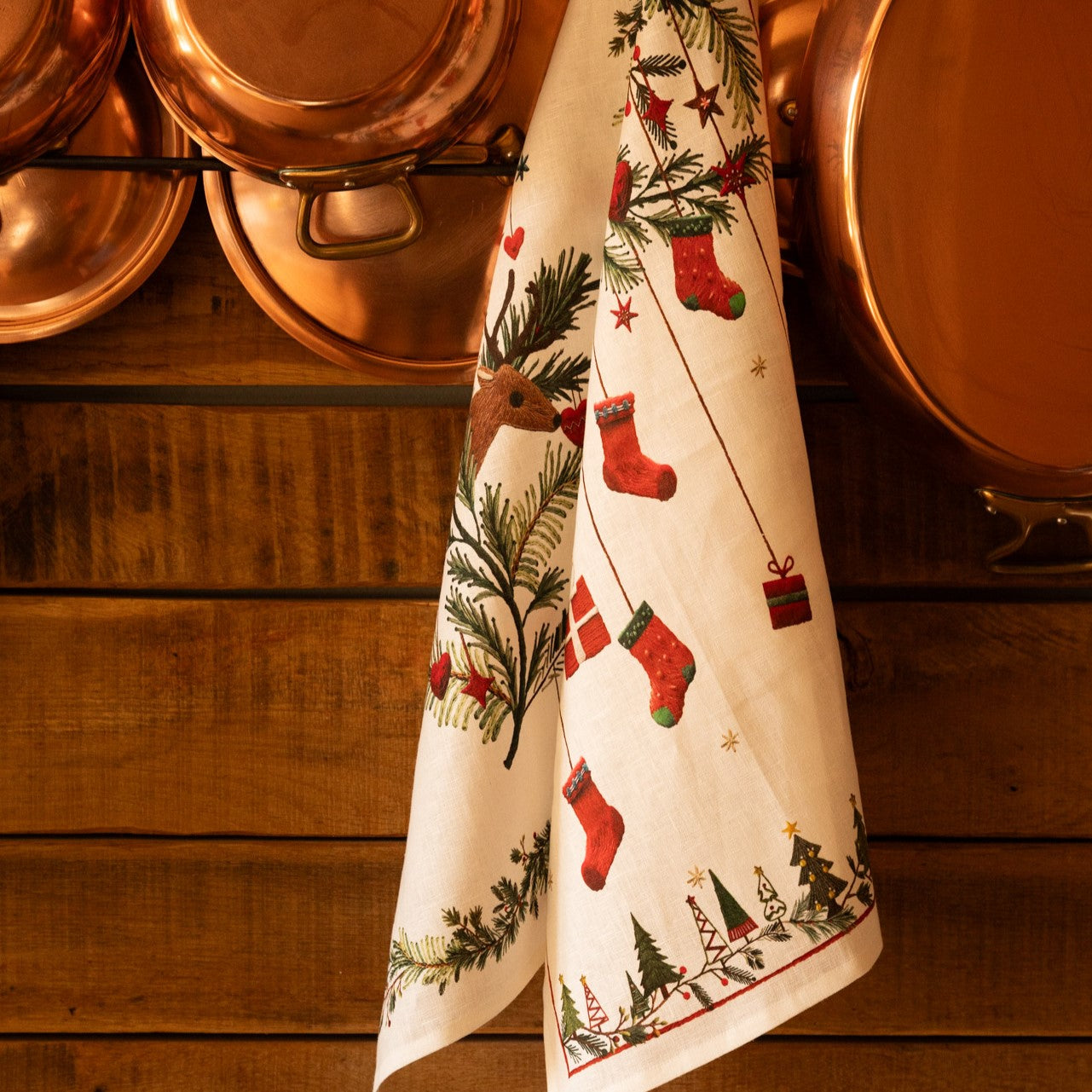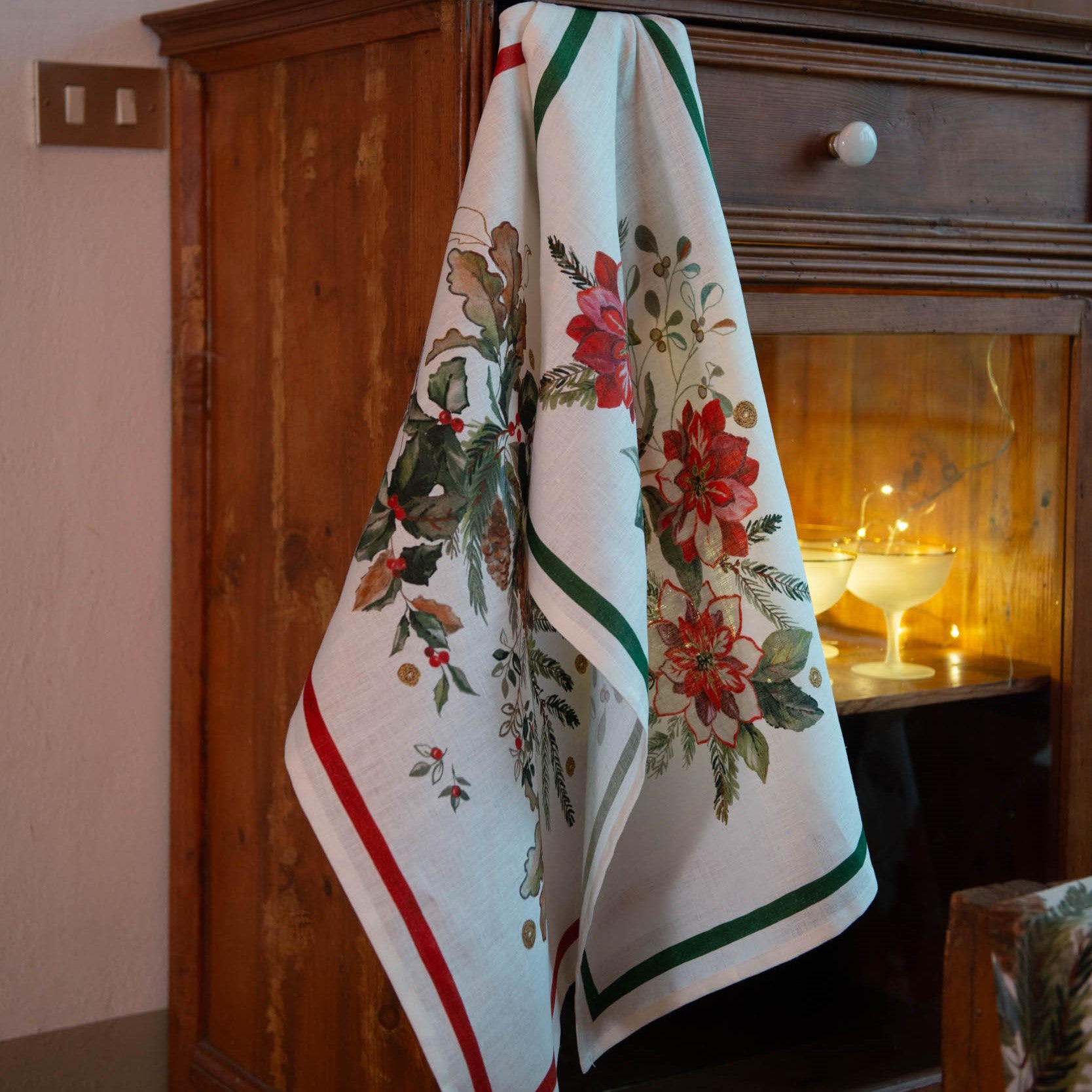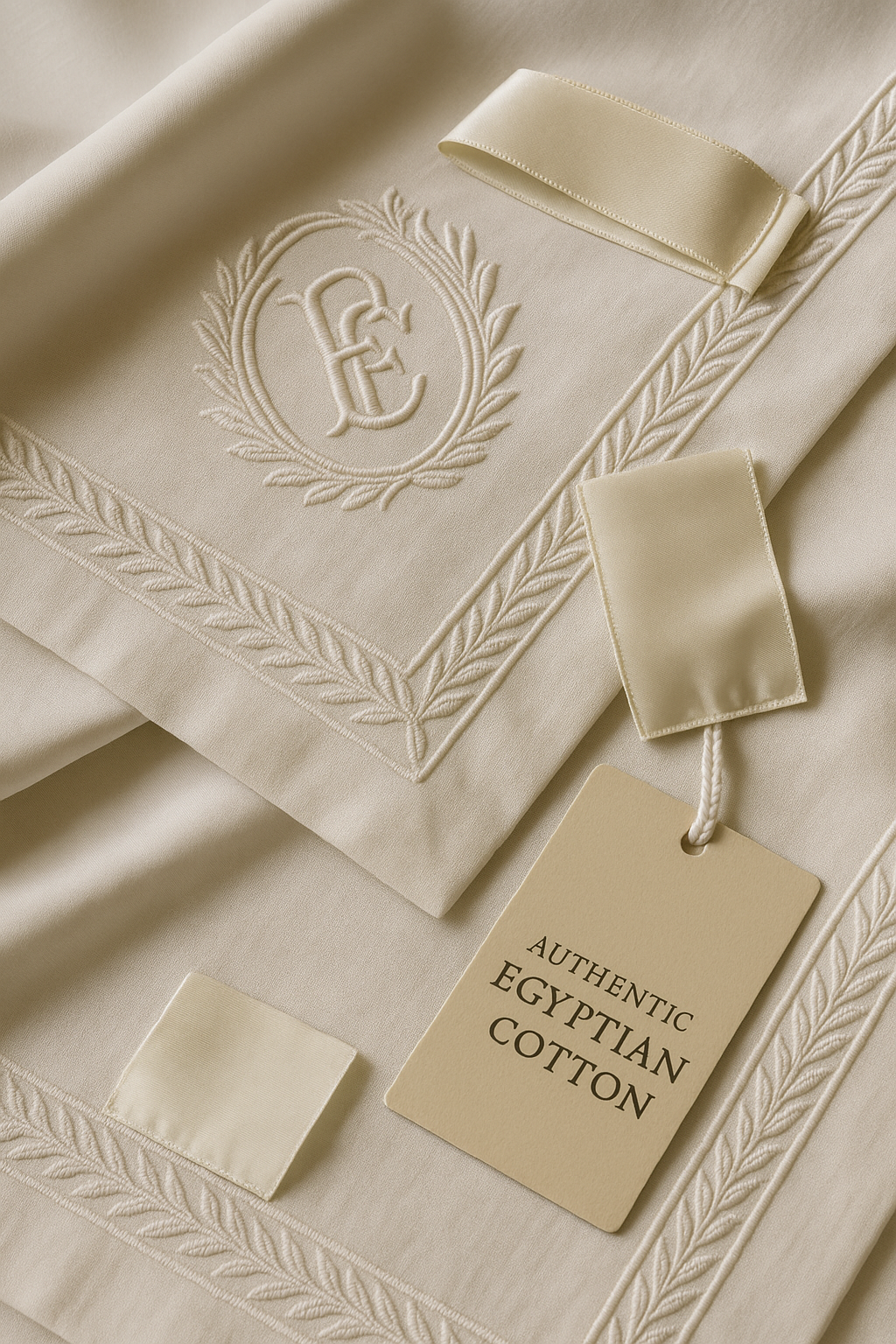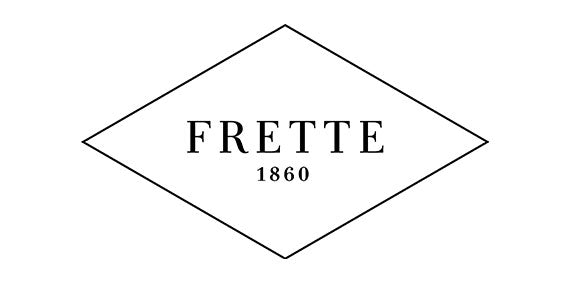
Do Towels Dry Faster at Home? GSM, Loop Twist and Ventilation Explained
Introduction
If you're tired of waiting for your towels to dry, here are some easy ways to speed up the process. Drying towels at home doesn’t have to feel like an endless task. Understanding how GSM, loop twist, and ventilation influence drying times is key to improving efficiency. Let’s explore these factors to help you maximise both absorbency and drying speed.

1) What does GSM mean and how does it affect drying times?
GSM (Grams per Square Metre) measures the density of the towel fabric. Higher GSM means thicker, more absorbent towels that hold more water but take longer to dry. Lower GSM towels dry faster but may absorb less moisture. If you’re looking for the best of both worlds, opt for towels with medium GSM towels for a balance between absorbency and quicker drying.
2) How does loop twist affect towel drying?
The loop twist affects a towel's ability to absorb moisture and how quickly it dries. Towels with tightly twisted loops absorb moisture quickly but can take longer to dry. Towels with looser twists allow air to pass more freely through the fabric, speeding up drying times. Towels made from Egyptian cotton often feature a fine, tightly twisted loop, balancing absorbency and faster drying.
3) Can towel thickness impact drying time?
Yes, thicker towels take longer to dry. While higher GSM towels are more absorbent, they retain moisture longer and take more time to dry. For towels that dry faster without compromising softness, opt for towels with lower GSM that still feel luxurious.
4) How does proper ventilation affect drying time?
Ventilation is key. Towels need airflow to dry efficiently. Avoid overcrowding towels in small spaces; instead, hang towels with space between them to allow air to circulate. Ensure your bathroom has good ventilation by opening windows, using exhaust fans, or using a heated towel rail. An optimally ventilated space will naturally speed up drying time.

5) Does fabric type affect drying speed?
Yes. Egyptian cotton towels are known for their absorbency but can take longer to dry due to their denser weave. Alternatively, microfiber towels dry faster because their fibres allow for greater airflow through the fabric.
6) How should I care for towels to help them dry faster?
Proper washing and drying techniques can help maintain the drying efficiency of your towels. Wash towels in warm water, avoid overloading your washing machine, and use a gentle detergent. For drying, avoid fabric softeners, as they can coat the fibres and reduce absorbency. After drying, fold towels neatly to allow them to air out more efficiently.
7) What is the best drying method at home?
Line drying is the best method for drying towels at home. Hang them on a line with enough space between them for air circulation. If you use a tumble dryer, try drying towels in small batches to ensure faster and more even drying.

Quick checklist before you buy
-
GSM: Lower GSM for faster drying, higher GSM for greater absorbency.
-
Loop twist: Looser twists for faster drying, tighter twists for more absorbency.
-
Fabric: Egyptian cotton towels offer luxurious absorbency but may take longer to dry.
-
Ventilation: Ensure good airflow and avoid overcrowding towels.
-
Care: Wash in warm water, line dry, and avoid fabric softeners to maintain quick-drying ability.
For luxurious towels that dry efficiently, browse our full towel collection.
For seasonal care notes, early previews, and private offers, join our Heritage Partnership.


